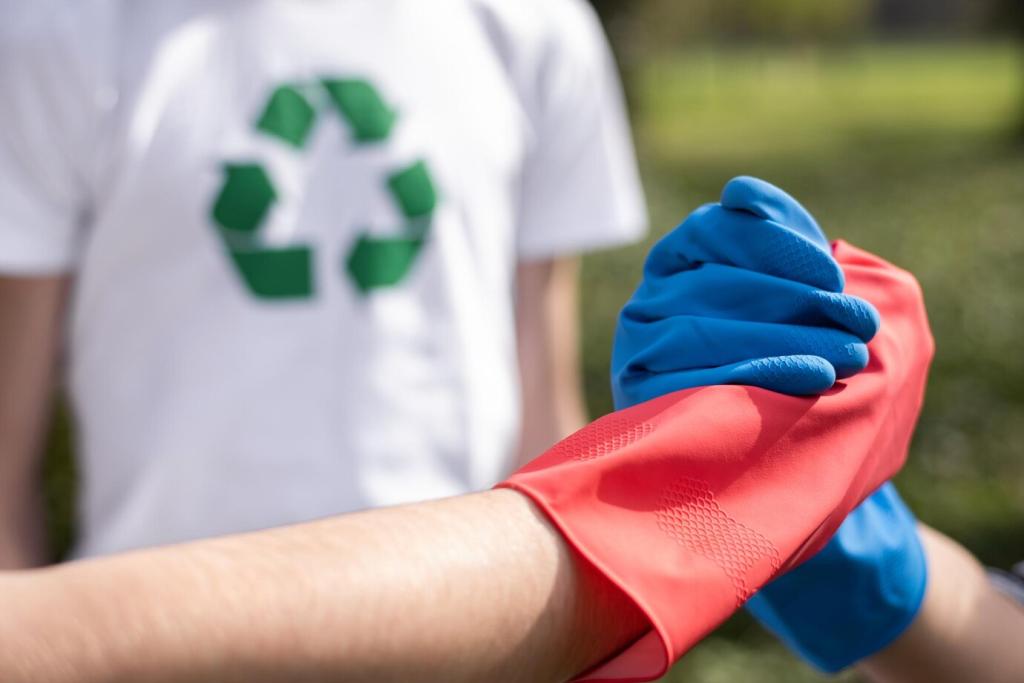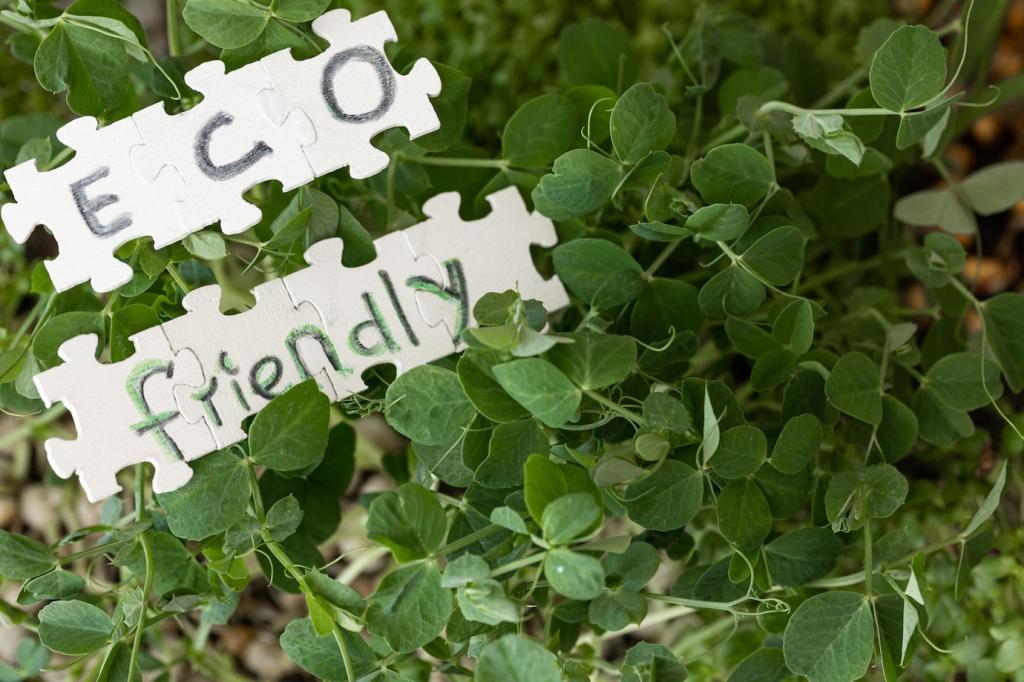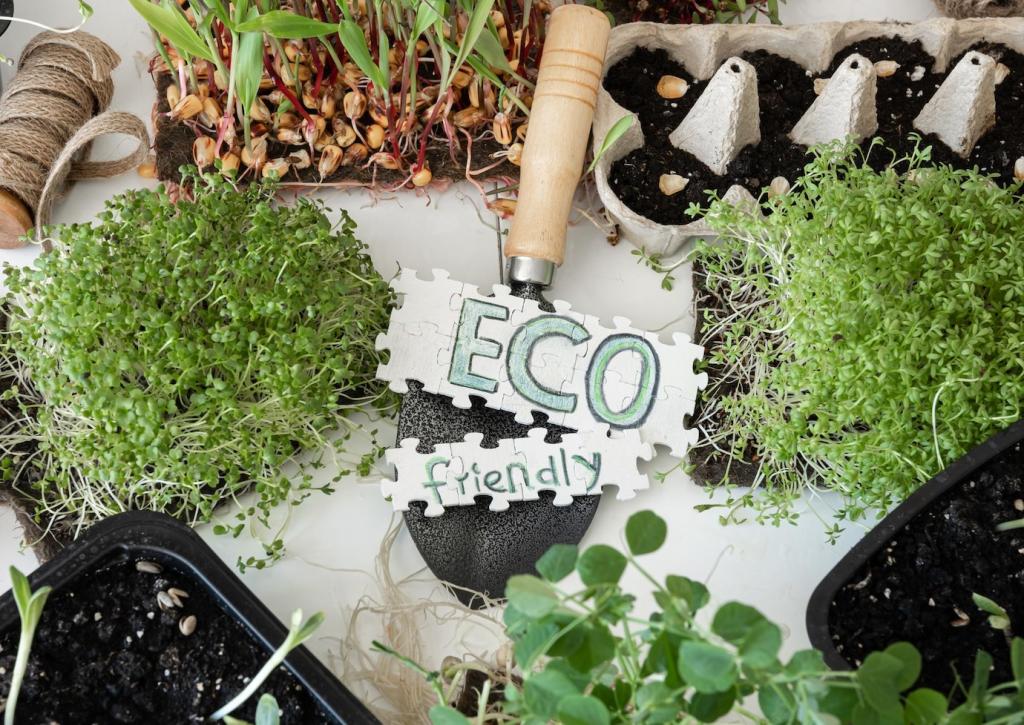Chosen theme: Organic Finishes for Wooden Surfaces. Step into a world where wood can breathe, colors deepen naturally, and your home feels healthier. We celebrate plant-based oils, beeswax blends, and timeless shellac, sharing techniques, stories, and care rituals that honor craft and the planet. Subscribe for hands-on guides, honest anecdotes, and fresh ideas to elevate every board, beam, and table you love.
Why Organic Finishes for Wooden Surfaces Matter
Organic finishes are derived from plants, insects, or minerals—think tung and linseed oils, beeswax, carnauba, and shellac. They polymerize within the fibers, remain breathable, and allow easy maintenance without harsh stripping. Tell us which ingredients you trust most and why.
Why Organic Finishes for Wooden Surfaces Matter
Low-VOC or solvent-free options support calmer spaces and safer nurseries, kitchens, and studios. When fully cured, many organic finishes are food-safe, making them ideal for cutting boards and countertops. Comment if fragrance or sensitivity influences your product choices.



Preparation and Application: Bringing Wood to Life
Sand progressively to close visible scratches, then vacuum and tack thoroughly. Consider a final light pass by hand with the grain. Clean wood drinks oil evenly, preventing blotches. What grit sequence gives you the best clarity on walnut or cherry without glazing the surface?
Preparation and Application: Bringing Wood to Life
Wipe with water to raise grain, sand lightly, and repeat if needed for a silkier feel. Open-pored woods may benefit from an oil-wet slurry that packs pores with fine dust. Tell us how you adjust for ash, oak, or tight-grained maple.
Stories from the Workshop: Organic Finishes in the Real World
An heirloom pine table arrived dull and waterlogged. After gentle cleaning, multiple thin coats of tung oil and citrus solvent revived depth without masking scars. The family now celebrates rings and marks as history. Would you have chased perfection, or preserved memory?

Care, Repair, and Longevity with Organic Finishes
Clean gently, abrade lightly with a fine pad, then reapply a whisper of oil and buff dry. Local repairs blend seamlessly when the original finish remains breathable. Which products have melted invisibly into existing coats on your cutting boards or desks?
Care, Repair, and Longevity with Organic Finishes
A thin wax top-up restores luster and fingerprints disappear with a quick buff. Heat from friction levels shine. Mark calendar reminders to maintain traffic zones. Tell us your preferred cloth, brush, or pad, and how you avoid over-waxing edges and corners.


Responsible materials and provenance
Seek cold-pressed oils, ethically harvested beeswax, and certified sources. Linseed comes from flax; tung from the aleurites tree. Favor transparent labels and batch data. Which certifications guide your purchases, and do you notice performance differences with truly pure products?
Shellac’s elegant origin and use
Secreted by the lac insect, shellac is renewable and repairable. Dewaxed flakes broaden compatibility and clarity. Fresh-mixed solutions perform best. Share your favorite cut for sealing pine knots, and whether you prefer alcohol derived from agricultural or synthetic sources.
Safe handling and waste reduction
Lay oil-wet rags flat to dry or store submerged in water—spontaneous combustion is real. Choose citrus or bio-based solvents when needed, and reuse jars thoughtfully. What disposal practices keep your shop safe while honoring the organic spirit of the finish?
